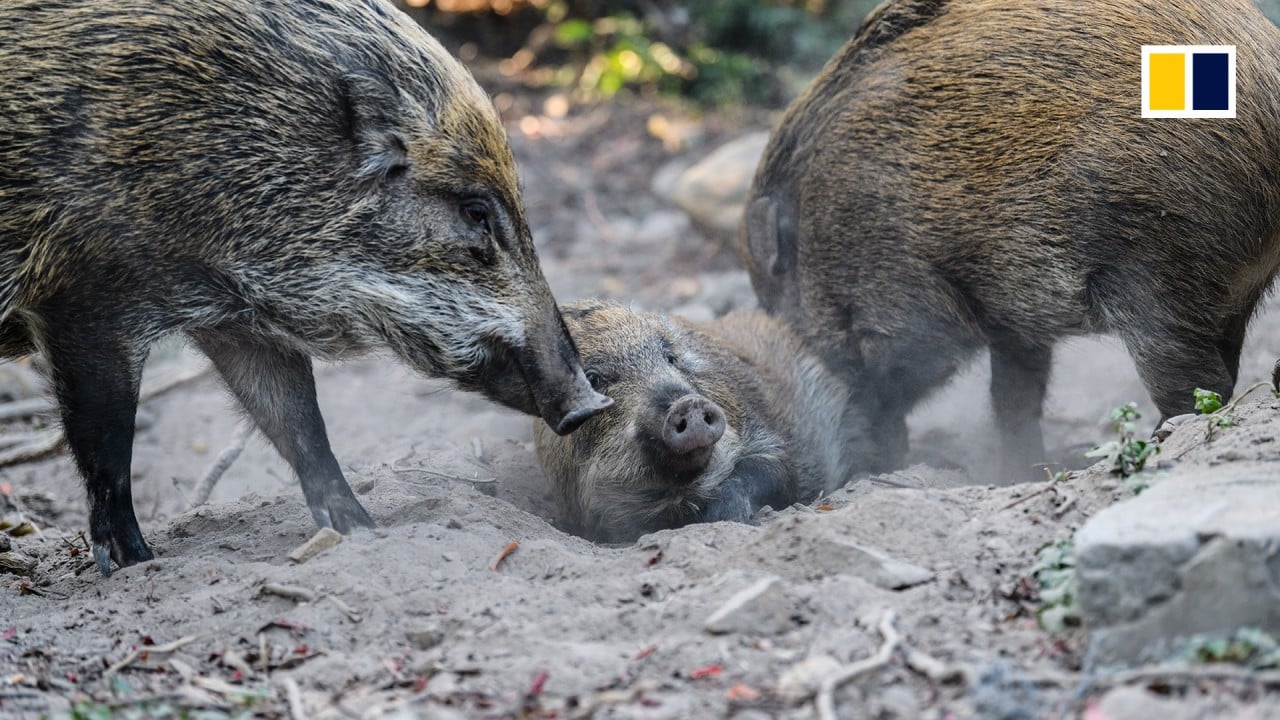
Time for Hong Kong to control its roaming wild boars before we are overrun, like Rome
- Despite the many popular videos of them on social media, wild boars have ceased to be cute and are increasingly a menace
- It is time to reconsider the measures taken against wild boars before the problem grows out of hand, as it has in other cities
Though attacks on humans are rare, they can be serious. Perhaps it is time to reconsider the measures taken against wild boars.
Wild boars are not domesticated pets, though some people feed them as if they are, further attracting them to urban areas. Boars can weigh up to 200kg and grow to almost 1 metre tall and 2 metres long, which can be fearsome if you are a child, elderly or frail. They are swift, nocturnal, good swimmers, omnivorous and have sharp tusks.
There is no precise count of the number of boars in Hong Kong – a 2019 estimate suggested there were 1,800 to 3,300 in the countryside – though the population has ballooned if the frequency of sightings is any gauge. Boars have a rapid reproduction rate as they reach sexual maturity at 6 to 8 months of age and produce one or two litters of four to six piglets each year.
Rome is dealing with a similar issue, with more than 5,000 wild boars living in or around the city. Packs infiltrating the city to feed on rubbish are a regular sight, so much so that they became an issue in this year’s mayoral election.
Australia has called its population of feral pigs a “serious environmental and agricultural pest”. One reason they are so harmful to humans and the planet is that their uprooting of soil releases 4.9 million tonnes of annual global carbon emissions, roughly the same as 1.1 million cars. Australia’s measures to control their population range from traps to poisoning and shooting.
In the past, two volunteer hunting teams were deployed to track down problematic boars, but this practice was suspended in 2017 and ended in 2019 because of vocal objections from animal rights groups. This could change, though, as more urban residents become concerned about their safety and well-being coming under threat from wild boars.
Do animal rights trump human rights? Before Hong Kong turns into Rome, we should consider being more proactive in controlling the wild boar population.
Bernard Chan is convenor of Hong Kong’s Executive Council



